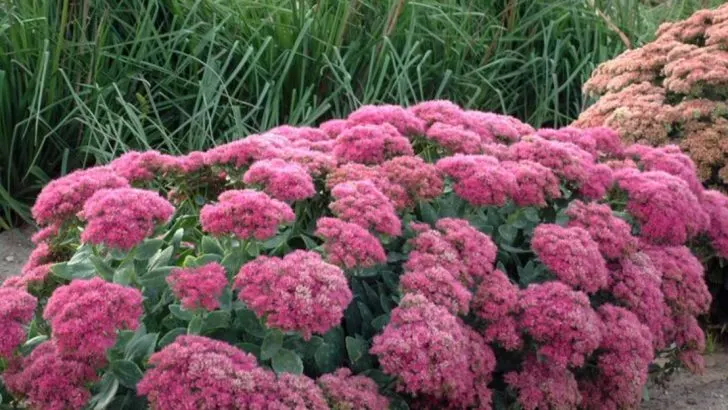Some plants are drama queens. They wilt. They scorch. They throw leafy tantrums. And all because you dared to give them a little sunshine. Yes, those gorgeous, popular landscaping plants—sold by the truckload each spring—can’t handle a real summer. The moment the heat turns up, they start flopping like overcooked noodles. But here’s the wild part: garden centers keep pushing them anyway. Why? Because they look good in the shade of a greenhouse. Out in your yard? They melt. If you’re tired of nursing sunburned hydrangeas or crispy hostas, you’re not alone. Let’s call them out—and swap them for tough, sun-loving beauties that actually want to be in your garden. Less drama. More blooming. Your yard deserves better.
Hosta
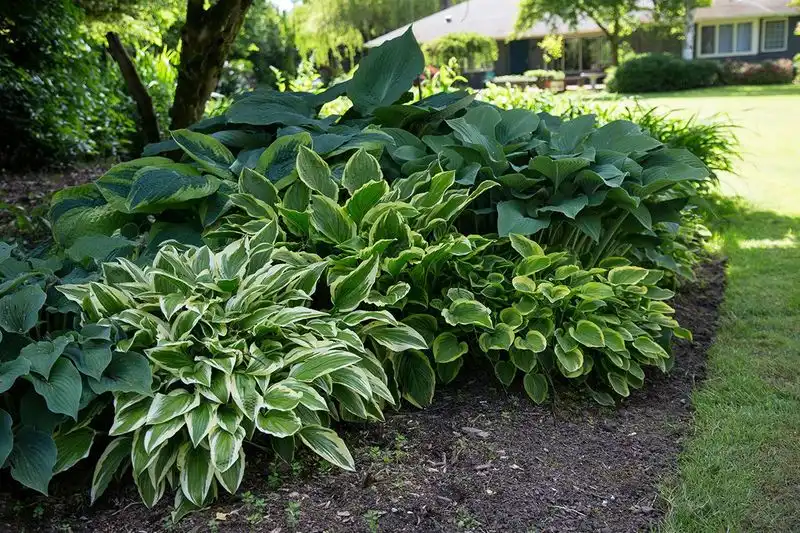
Hostas are beloved for their lush foliage and come in an array of green shades. These plants thrive in shaded areas and despise the harsh rays of the summer sun. Their leaves can scorch when exposed to too much sunlight, making them unsuitable for sunny landscapes. Consider planting hostas under trees or in shaded garden corners.
Fun fact: Hostas are native to Northeast Asia and have been cultivated in gardens for centuries. They offer a serene aesthetic and pair well with other shade-loving plants like ferns and astilbes.
Astilbe
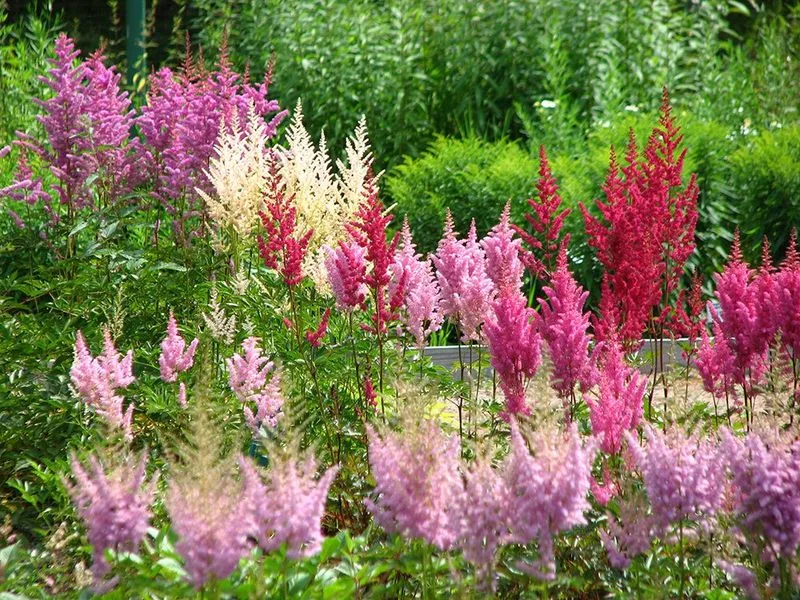
Astilbes are known for their vibrant, feathery plumes that add color and texture to shaded gardens. They require consistent moisture and shade to prevent the sun from wilting their delicate blooms. If planted in sunny spots, they risk drying out quickly, leading to brown foliage. Pair them with other moisture-loving plants for a beautiful display.
A quirky detail: Astilbes are often referred to as “false goat’s beard” due to their fluffy flower spikes. They bring elegance and movement to any shaded landscape.
Bleeding Heart
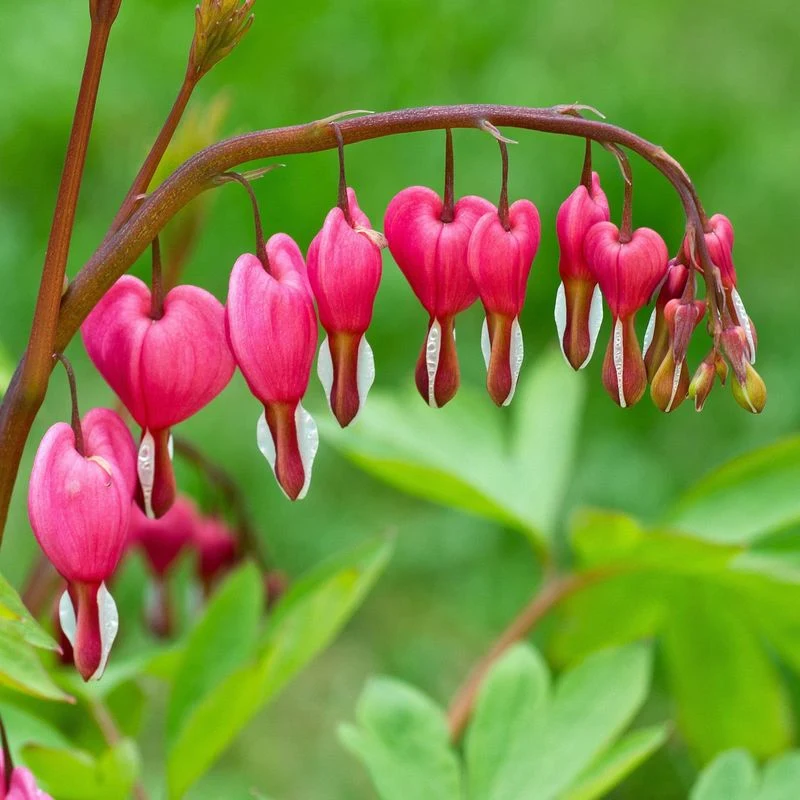
The Bleeding Heart plant enchants with its heart-shaped flowers, hanging gracefully from arching stems. These shade-loving plants prefer cool, sheltered spots and can suffer in full sun. Too much sunlight can cause the foliage to die back prematurely, reducing their visual appeal.
Origin trivia: Bleeding Hearts are native to Asia and North America, bringing a touch of romance and whimsy to gardens with their unique flower shape.
Coral Bells
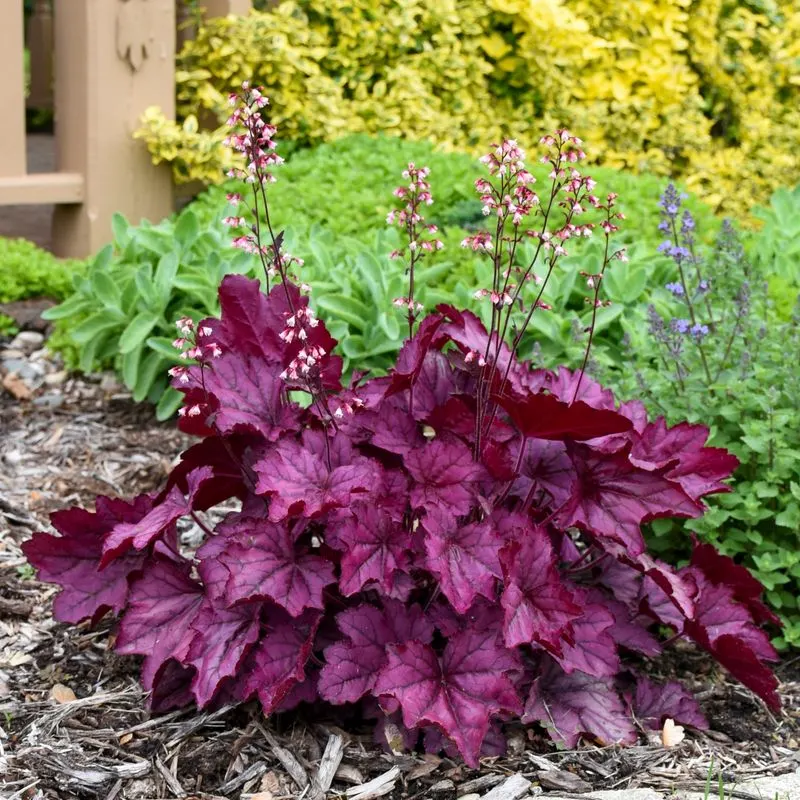
Coral Bells, or Heucheras, are treasured for their colorful foliage and delicate flower spikes. They perform best in partial shade where their leaves maintain vibrant hues. Excessive sun can bleach their colors and scorch the edges, diminishing their ornamental value.
Coral Bells are versatile and can be used in borders, containers, or as ground cover, making them a favorite among gardeners. Their adaptability allows them to fit seamlessly into various design styles.
Lily of the Valley
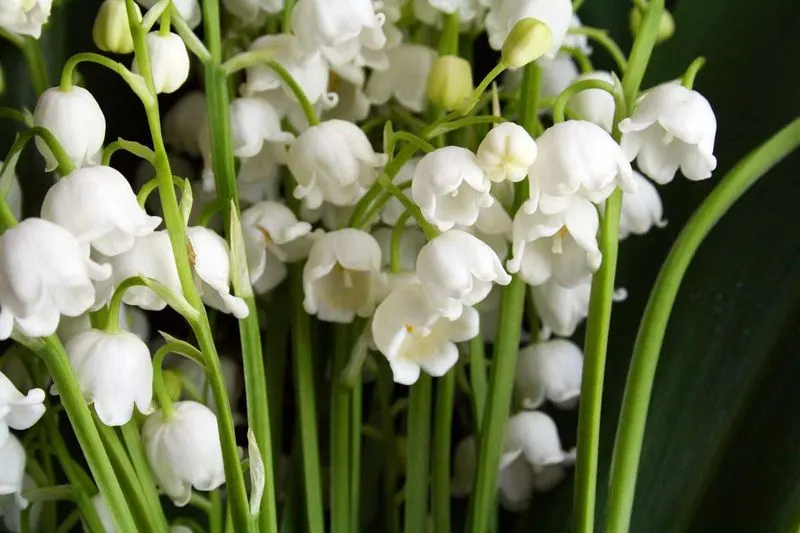
Lily of the Valley is cherished for its fragrant, bell-shaped flowers and glossy leaves. It prefers the coolness of shaded areas and can suffer from leaf burn in full sun. These plants are perfect for woodland gardens or under tree canopies where they can spread gently.
Despite its delicate appearance, Lily of the Valley is quite hardy. Historically, it has been a symbol of purity and happiness, often used in bridal bouquets and celebrations.
Ferns
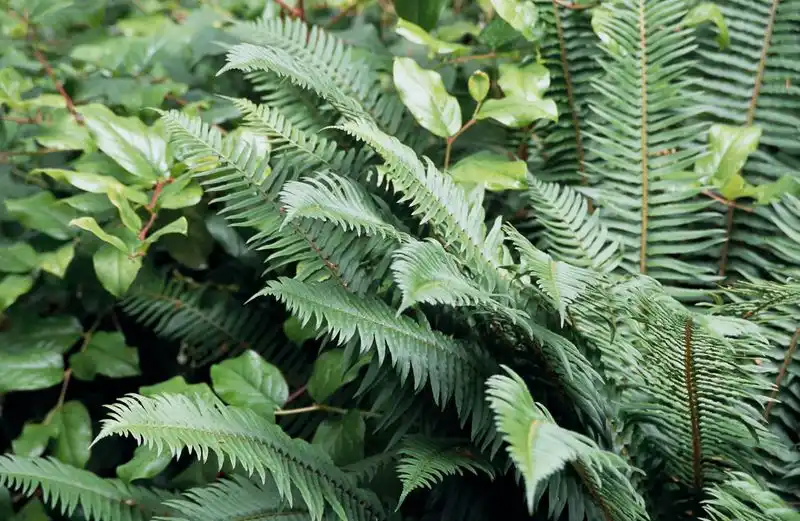
Ferns are a classic choice for shaded gardens, known for their intricate fronds and lush appearance. They thrive in moist, shady environments, making them a poor choice for sunny spots where they can become dry and brittle. In the right conditions, ferns add texture and a sense of ancient beauty to any garden.
Fun fact: Ferns are one of the oldest groups of plants on Earth, dating back over 360 million years. They provide a prehistoric charm that few other plants can match.
Brunnera
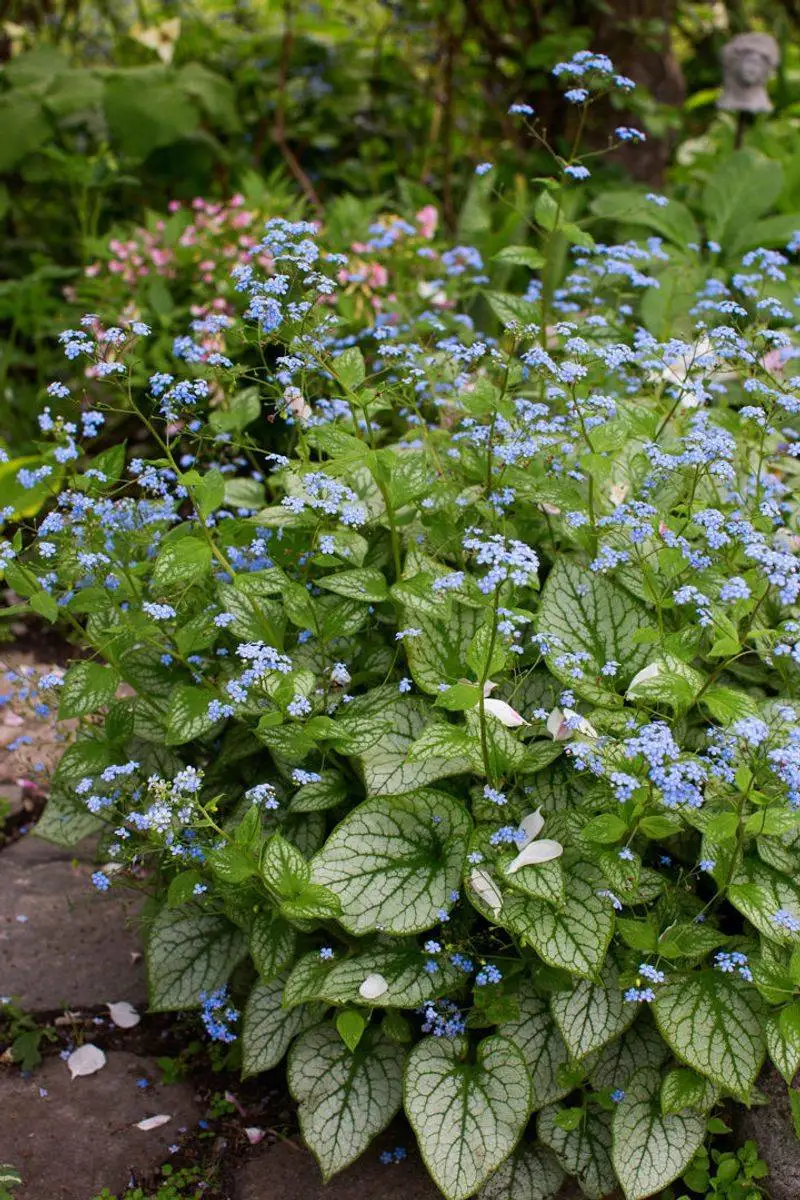
Brunnera, often called “Siberian Bugloss,” is known for its heart-shaped leaves and small, bright blue flowers. They prefer the coolness of shaded or partially shaded gardens and can suffer from leaf scorch in full sun.
These plants offer a touch of whimsy and are perfect for adding a splash of color to shaded borders. Brunnera’s resilience and charm make it an excellent choice for gardeners seeking a unique ground cover.
Japanese Maple
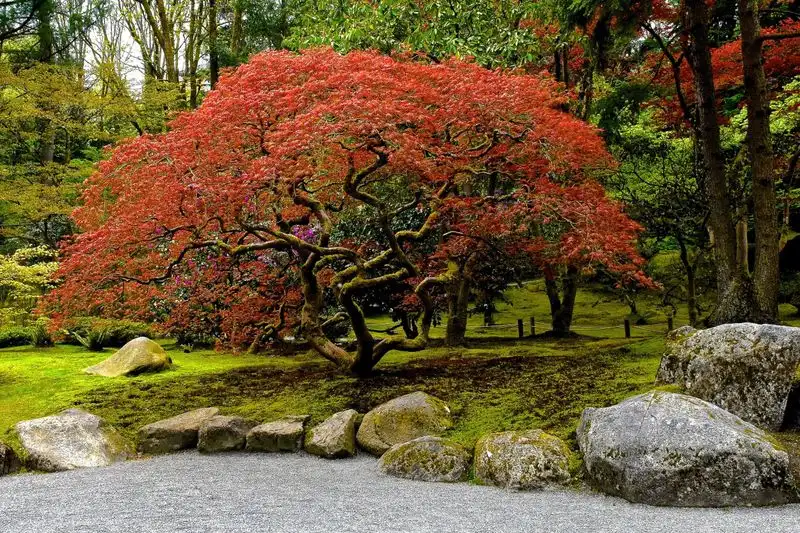
Japanese Maples are renowned for their elegant leaf shapes and vibrant colors. They thrive in partially shaded areas, where the dappled sunlight enhances their beauty without causing leaf burn. In full sun, their delicate leaves can become scorched and crinkled, diminishing their appeal.
Did you know? Japanese Maples have been cultivated for centuries, particularly in Japan, where they are highly valued in traditional gardens for their grace and form.
Hydrangea
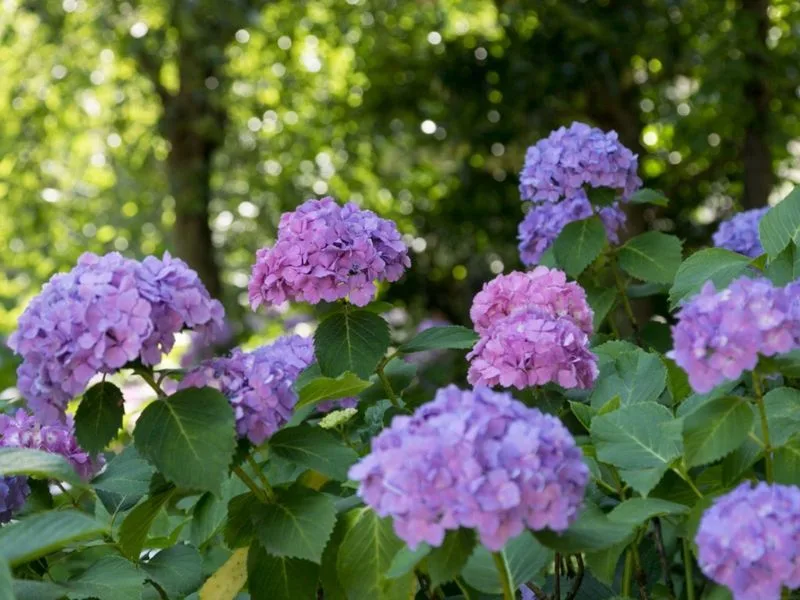
Hydrangeas are celebrated for their large, showy blooms that can change color depending on soil pH. They prefer a bit of shade, especially in the afternoon, to protect their petals from wilting under intense sun.
These plants are a staple in cottage gardens, offering an abundance of flowers throughout the season. Their adaptability to shade makes them a versatile choice for gardeners wanting a splash of color without full sun exposure.
Camellia
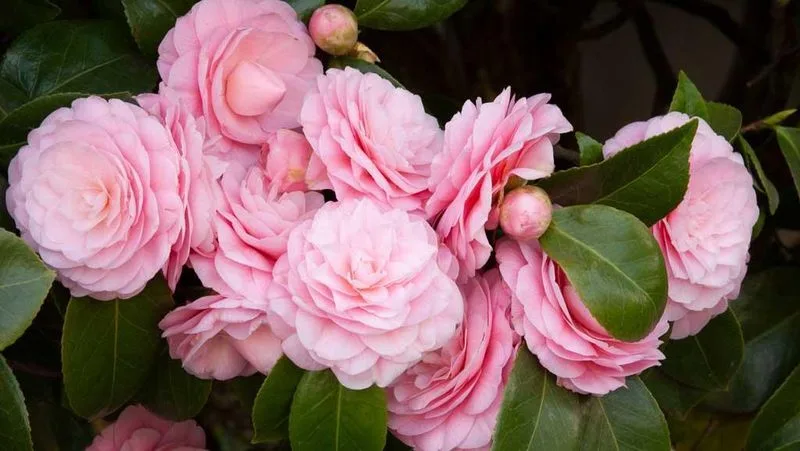
Camellias are prized for their glossy evergreen leaves and large, stunning flowers. They flourish in sheltered, shaded areas where they are protected from harsh sunlight. Too much sun can cause their leaves to brown and flowers to fade quickly.
Camellias have a rich history, especially in Asian cultures, where they symbolize love and admiration. Their ability to bloom in cooler months adds value to gardens seeking year-round interest.
Japanese Forest Grass
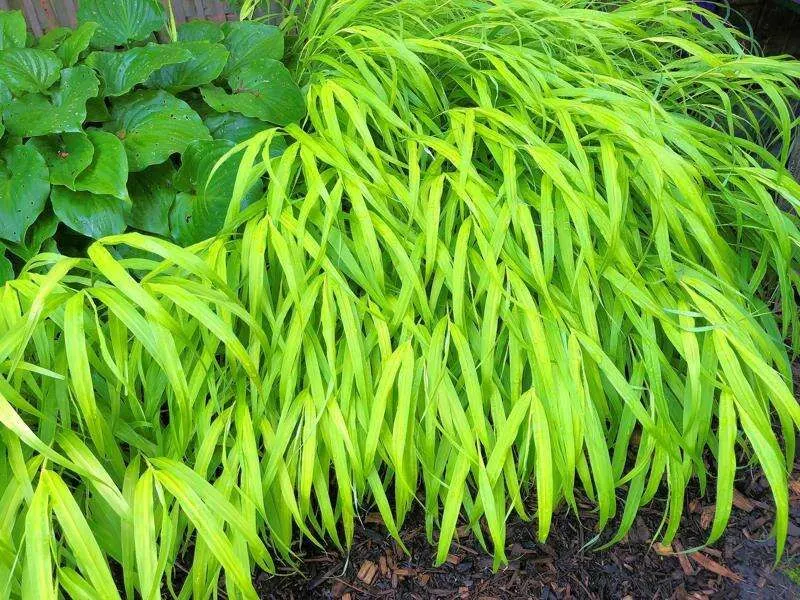
Japanese Forest Grass, or Hakonechloa, is admired for its graceful, flowing blades that bring movement to shaded gardens. They thrive in partial to full shade, adding texture and color without needing intense sunlight.
This ornamental grass is perfect for adding a soft, cascading element to garden borders or under trees. Its delicate appearance belies its toughness, making it a reliable choice for shade gardens.
Primrose

Primroses are cherished for their cheerful, colorful blooms that brighten shaded areas in early spring. They prefer cool, moist environments and can suffer in hot, sunny locations.
These plants are ideal for woodland gardens, where they can naturalize and provide a burst of color. Their resilience and vibrant flowers make them a favorite among gardeners seeking early blooms in shady spots.
Black-eyed Susan
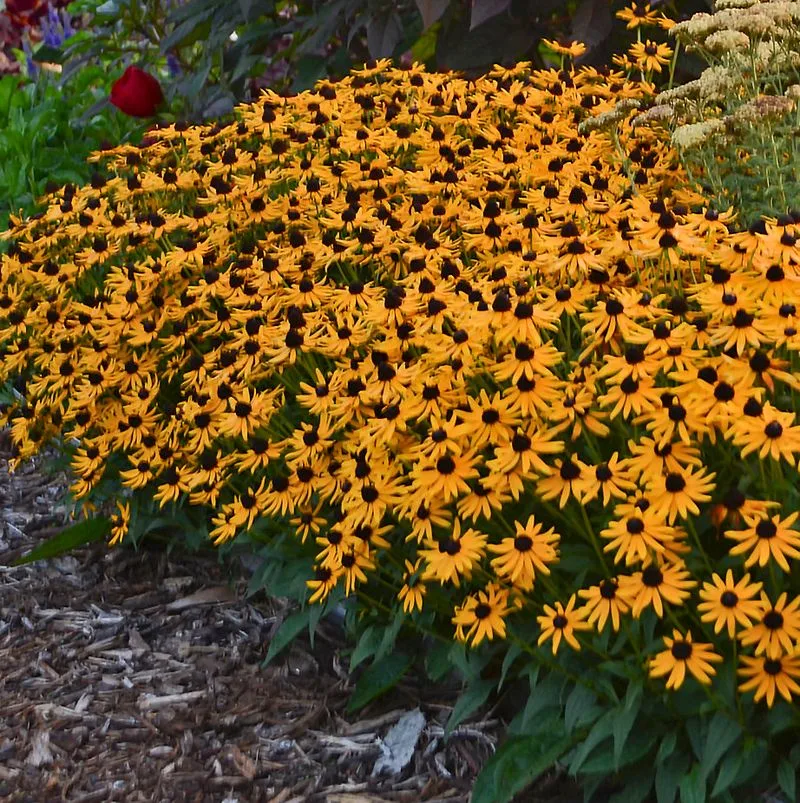
Black-eyed Susans are sun-loving perennials that bring a burst of bright yellow to any garden. Their daisy-like flowers thrive in full sunlight, making them a perfect choice for sunny borders.
Did you know? These flowers are often associated with encouragement and motivation, adding an uplifting touch to any landscape. They are easy to care for, attracting pollinators and adding long-lasting color to sunny areas.
Sedum
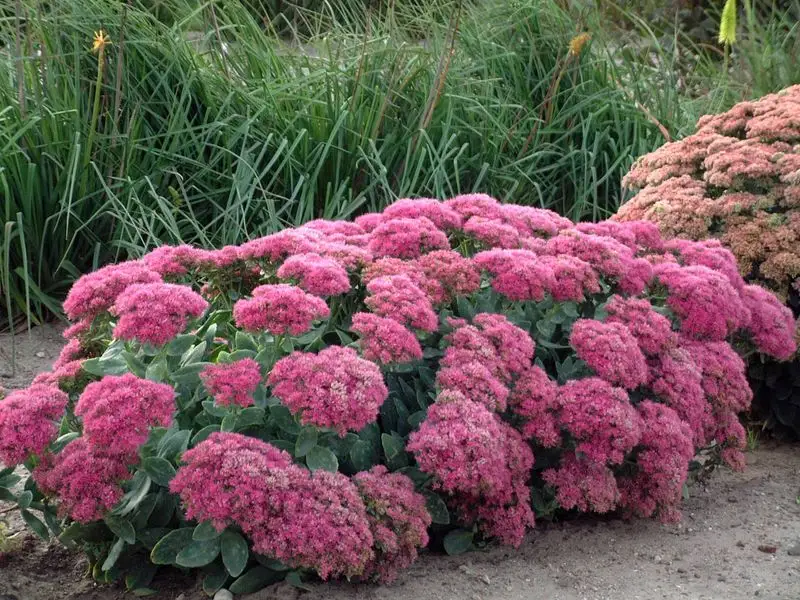
Sedums, also known as stonecrops, are resilient succulents that thrive in sunny conditions. Their fleshy leaves store water, making them drought-tolerant and well-suited for rock gardens or sunny borders.
These plants are low maintenance and provide an array of colors and textures throughout the growing season. Sedums are perfect for gardeners seeking a hardy plant that can withstand the sun’s intensity.
Lavender
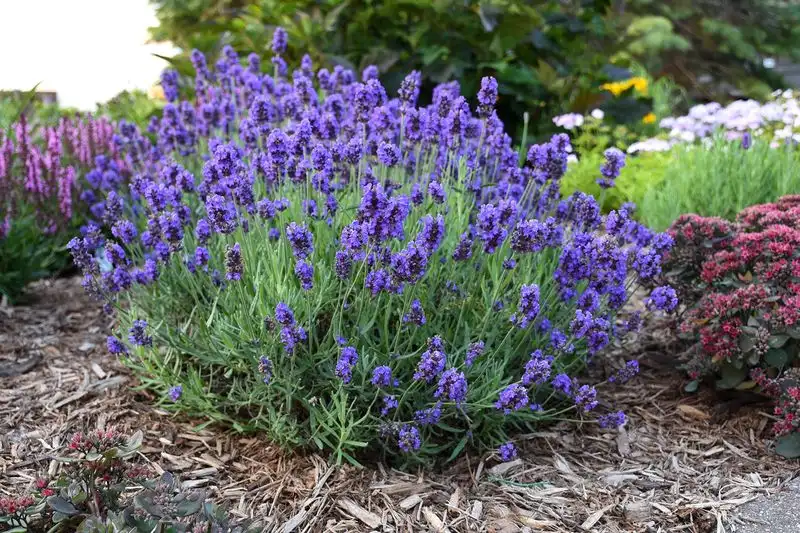
Lavender is synonymous with fragrance and beauty, thriving in sunny, well-drained areas. Its silvery foliage and purple blooms create a classic look, often used in Mediterranean-style gardens.
Fun fact: Lavender has been used for centuries in aromatherapy and as a natural remedy. It attracts pollinators and can be used to create soothing sachets or oils, adding both beauty and utility to sunny gardens.
Daylily
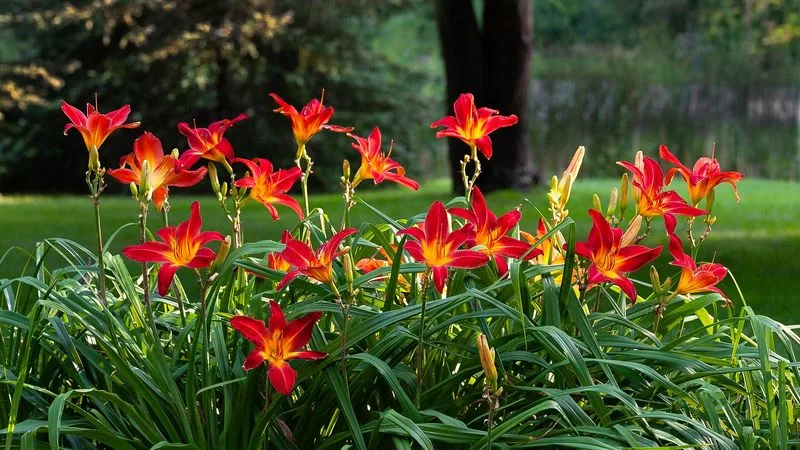
Daylilies are hardy perennials known for their vibrant, lily-like flowers that thrive in full sun. They are incredibly adaptable and can grow in a variety of soil types, making them a favorite among gardeners.
With a bloom cycle that offers flowers throughout the summer, daylilies provide continuous color and interest. These resilient plants are ideal for sunny borders or mixed perennial beds.
Russian Sage
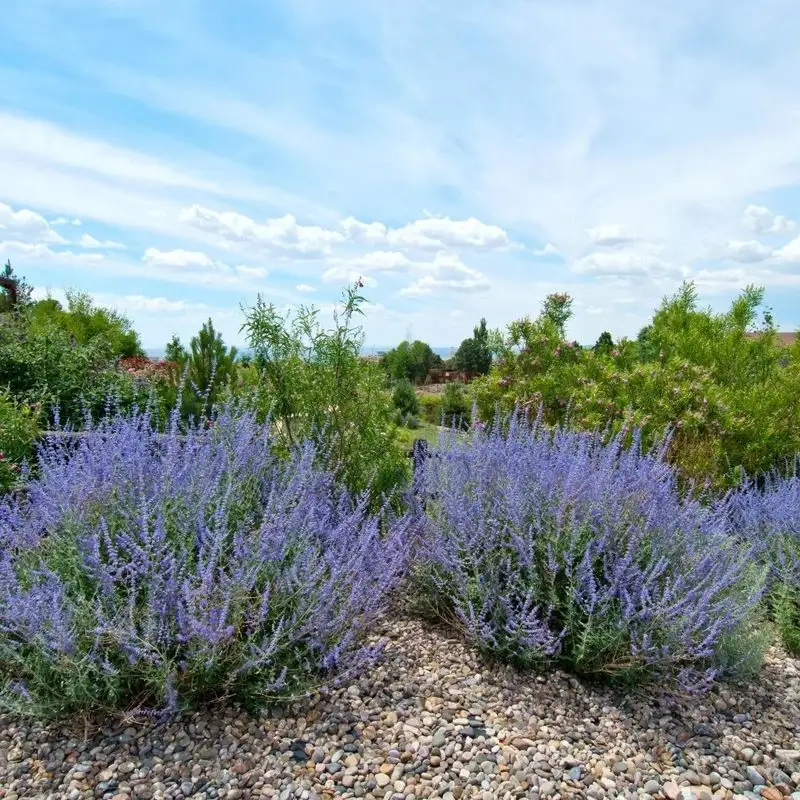
Russian Sage is appreciated for its airy spikes of purple flowers and aromatic, silvery foliage. It thrives in full sun and well-drained soil, bringing a touch of elegance to any sunny garden.
These drought-tolerant plants are perfect for gardeners seeking a carefree, yet beautiful addition to their landscape. Their long-lasting blooms and resistance to deer make them a practical choice as well.
Coneflower
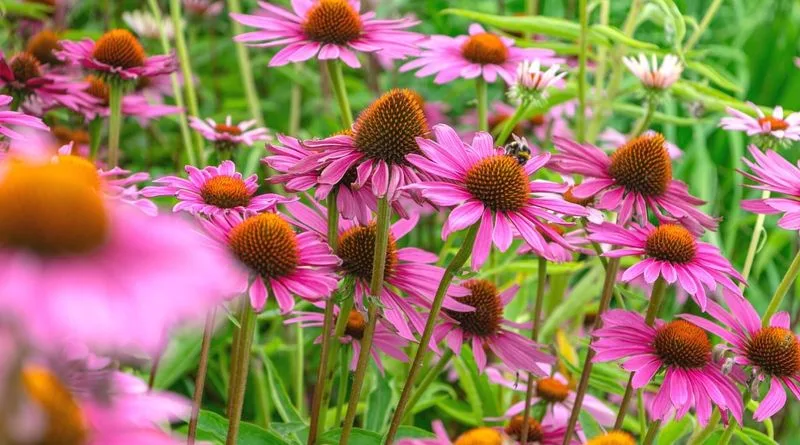
Coneflowers are robust perennials with distinctive, daisy-like blooms in varying shades of pink and purple. They love the sun and are perfect for brightening up sunny meadows or garden borders.
A fun fact: Coneflowers are not only beautiful but also medicinal, often used in teas and supplements to boost the immune system. Their hardiness and appeal to pollinators make them a staple in sunny gardens.
Yarrow
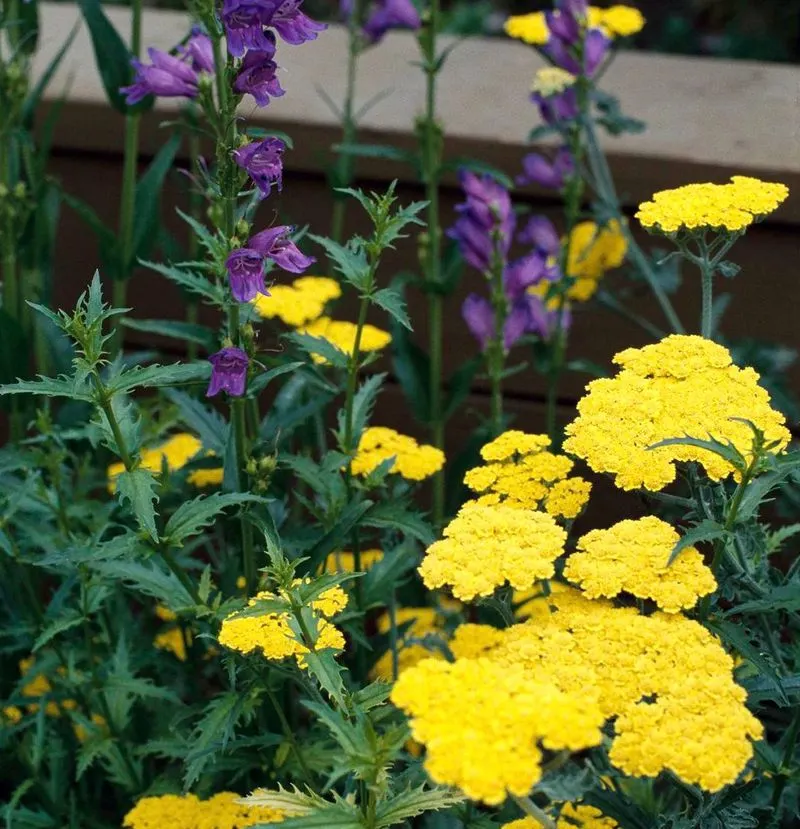
Yarrow, with its flat clusters of tiny flowers, thrives in full sun and poor soil, making it an excellent choice for low-maintenance gardens. These resilient perennials are drought-tolerant and long-lasting.
Historically, yarrow has been used for its medicinal properties, often called “soldier’s woundwort” for its historical use in treating wounds. Its ability to attract beneficial insects adds ecological value to sunny gardens.
Blanket Flower

Blanket Flowers are known for their vibrant red and yellow blooms that add warmth to sunny gardens. These drought-tolerant perennials thrive in full sun and poor soil, making them ideal for hot, dry climates.
Their long blooming season provides continuous color, while their resilience makes them a favorite for gardeners seeking low-maintenance beauty. Blanket Flowers attract butterflies, creating a lively and colorful garden atmosphere.

